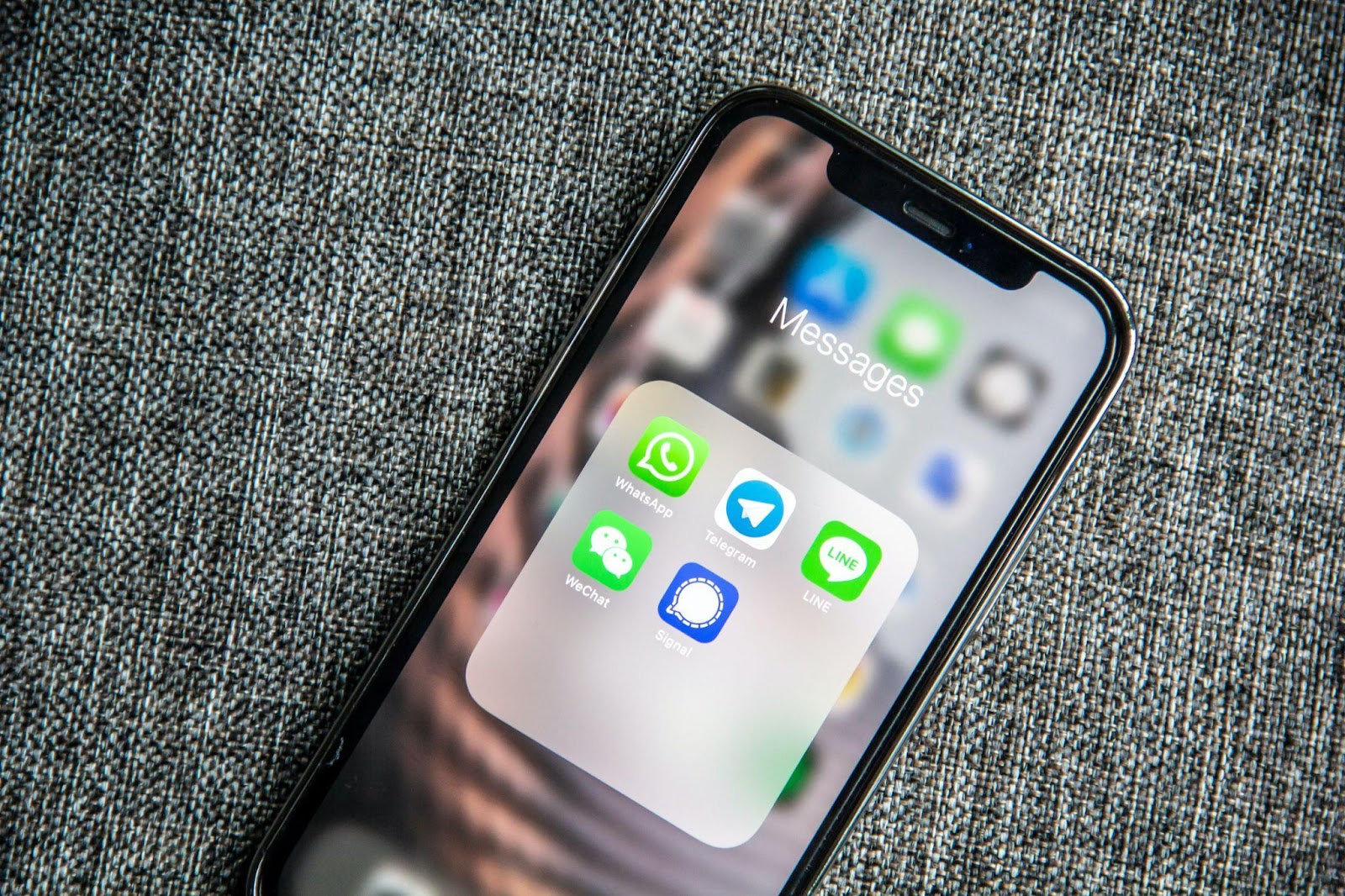There’s no industry standard for the exact number of times you should contact customers with SMS campaigns. Determining the perfect schedule for your messages can be tricky, but it will lead to positive results.
Importance of Timing in SMS Campaigns
How many are too many when sending messages to current or future clients? The average consumer loves getting useful info, especially if it can improve their life and save them money. But they’re also busy and may not always enjoy being interrupted, particularly with an offer they’ve already seen or aren’t interested in.
Scheduling SMS campaigns can be a delicate balancing act. You want to ensure subscribers get their SMS reminders without getting annoyed because annoying customers is, obviously, bad for business.
Proper scheduling through your SMS application programming interface should be based on who your subscribers are and what your message is about.
Understanding Your Audience
Knowing who receives your marketing messages will help you understand how often and when they want to hear from you.
Generally, people don’t appreciate early-morning or late-night texts. But if your target audience works swing or overnight shifts, they may be up and alert at unconventional hours to receive your message.
SMS gateway providers like Mitto can help you customize the times of day when your messages are sent or even adjust for different points of a campaign.
Factors to Consider for Effective Timing
To make sure your timing is spot on, consider the following:
— Relevance: The more relevant or time-sensitive the offer, like a super promotion, the more frequently you should post for the most significant impact. But when sharing information about a routine sale, it’s better to send fewer reminders.
— Simultaneous promotions: The same customer may sign up for several of your channels or brands. Avoid communication congestion by segmenting your database with your SMS gateway using your SMS API so each customer gets a reminder of a relevant promotion just once.
— Time of day: If you want to drive traffic to your blog, try to post at a similar time to when people read your posts. That’s a time they’re more likely to want to open a message from an SMS campaign.
— Purpose: A “loyalty-building” note is smart but may make recipients question its value if overdone. A specific promotional notice may be more effective with multiple messages.
Testing and Optimization
Getting the timing right may require trial and error to refine the best times to post for your customer base. Try different times and days of the week.
Track when you get more clicks, conversions, or positive comments, and tweak your scheduling accordingly. Using this data will help you develop a more efficient plan to configure your SMS API for future SMS campaigns.
Automation and Scheduling Tools
SMS API programs such as Mitto can provide a variety of ways to schedule your messages at different times of the day or week.
In addition to promotions, the tool can be used to remind customers about upcoming appointments. They can receive one text after they book the appointment, then at least one more reminder text before the appointment. Customers appreciate such service, especially when making appointments weeks or months in advance.
Also, SMS reminders could be useful for service companies to let customers know when a technician is coming to do repairs.
Personalization and Context
Personalized messages reduce the potential of being treated as spam, letting your customers know they’re the intended recipient and the message isn’t junk.
Reminders can also let customers confirm or cancel appointments. Useful messaging can start conversations and build loyalty.
Devising a strategy to contact customers at optimal times can feel like taking a stab in the dark. Thankfully, SMS gateway providers like Mitto software make it easier for you to get it right. With the optimal strategy, building loyalty and improving customer relationships will become a breeze.

